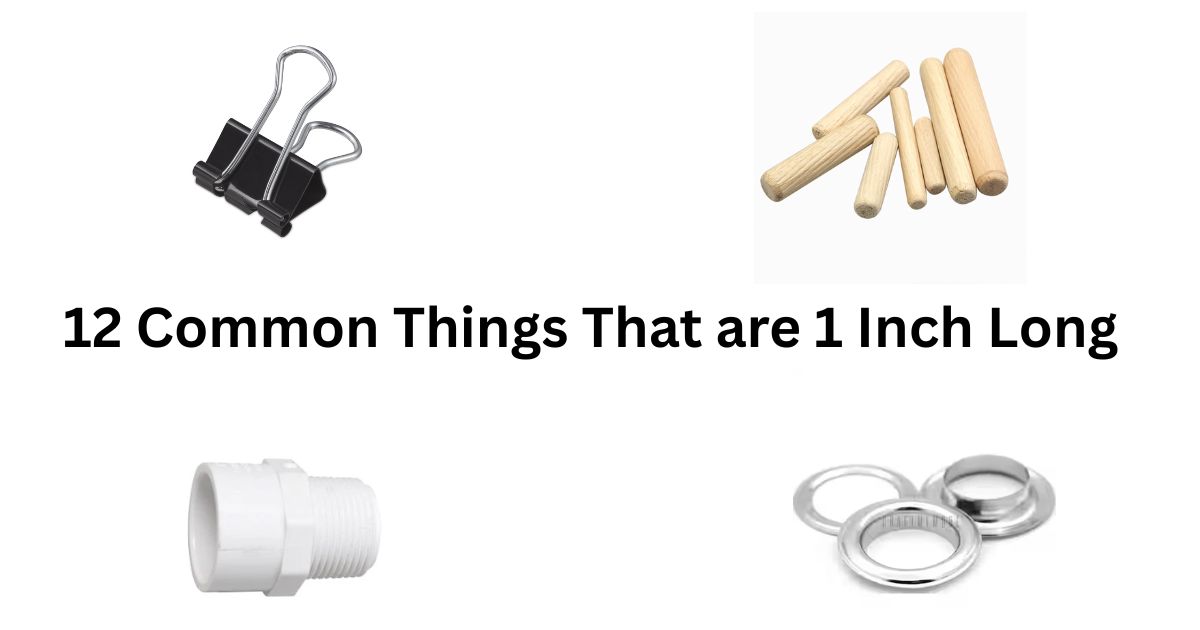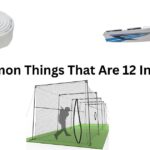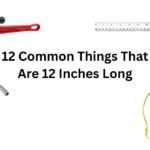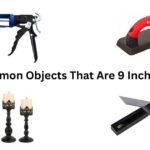Buying furniture online and the listing says “1-inch dowels included”—but what does that actually mean for your project? Or maybe you’re helping with a school assignment and need to explain this measurement without pulling out a ruler.
1 inch shows up constantly in hardware stores, craft projects, and product specs. Let’s break down exactly what this looks like using stuff you can find around your house right now.
Quick Answer: How Long Is 1 Inch?
One inch = 2.54 centimeters = 25.4 millimeters = 0.0833 feet.
That’s the technical answer. The practical one? Glance at your thumb. If you’re an adult man, the width across your thumbnail is roughly this size, a quick estimate many teachers and science educators mention in Water Thumb Rules. Women’s thumbs run slightly smaller, usually around 0.8 to 0.9 inches.
| Unit | Conversion |
| Centimeters | 2.54 cm |
| Millimeters | 25.4 mm |
| Feet | 0.0833 ft |
| Meters | 0.0254 m |
12 Everyday Items That Show You Exactly What 1 Inch Looks Like
| Object | Category | Measurement/Dimension |
| Adult Male’s Thumb | Body Reference | Width: ~1 inch |
| Standard Hex Nut | Hardware/Tools | Across flats: 1 inch |
| Small Furniture Glide | Home/Furniture | Diameter: 1 inch |
| Pipe Fitting | Plumbing/Industrial | Nominal size: 1 inch |
| Checker Game Piece | Games/Recreation | Diameter: 0.98-1.15 inches |
| Small Metal Eyelet | Crafts/Fabric | Outer diameter: 1 inch |
| Mini Carabiner | Accessories/Utility | Width: 1 inch |
| Furniture Dowel Plug | Furniture/Assembly | Length: 1 inch |
| Mini Binder Clip | Office/Stationery | Clip width: 1 inch |
| Basic Pencil Sharpener | School/Office | Width/Diameter: ~1 inch |
| Binder Ring | Office/Organization | Inner diameter: 1 inch |
| Small Rubber Stamp | Office/Crafts | Base diameter: 1 inch |
1. Adult Male’s Thumb Width
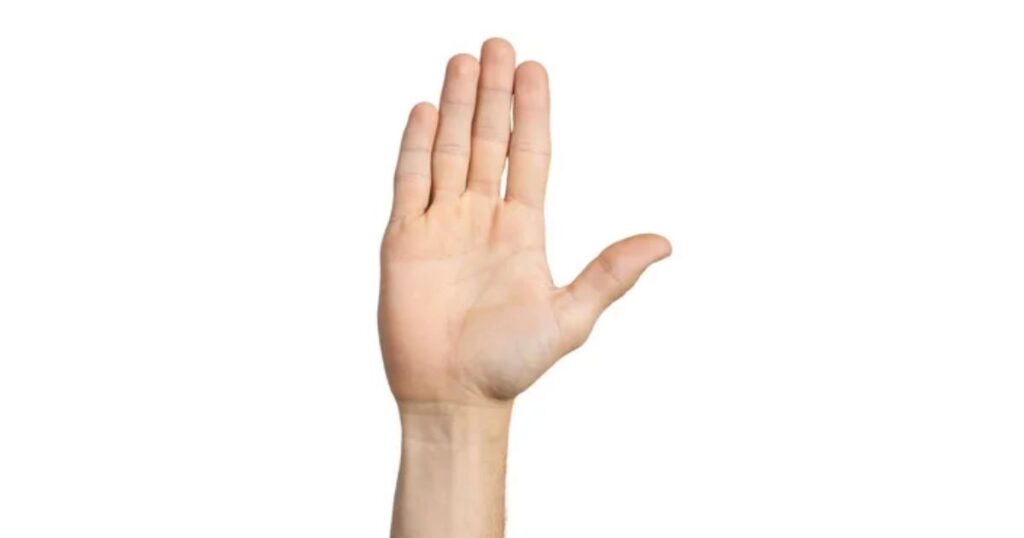
Press your thumb flat on a table. The width across the widest part—that’s where “rule of thumb” comes from as an informal measurement phrase.
Carpenters used this trick for centuries before tape measures became standard. Your thumb travels with you everywhere, making it perfect for quick size checks at the hardware store or when you’re eyeballing whether something will fit.
Test yours with a ruler. Most adult men land between 0.9 and 1.1 inches, close enough for rough estimates when precision doesn’t matter.
2. Standard Hex Nut (1-inch across flats)
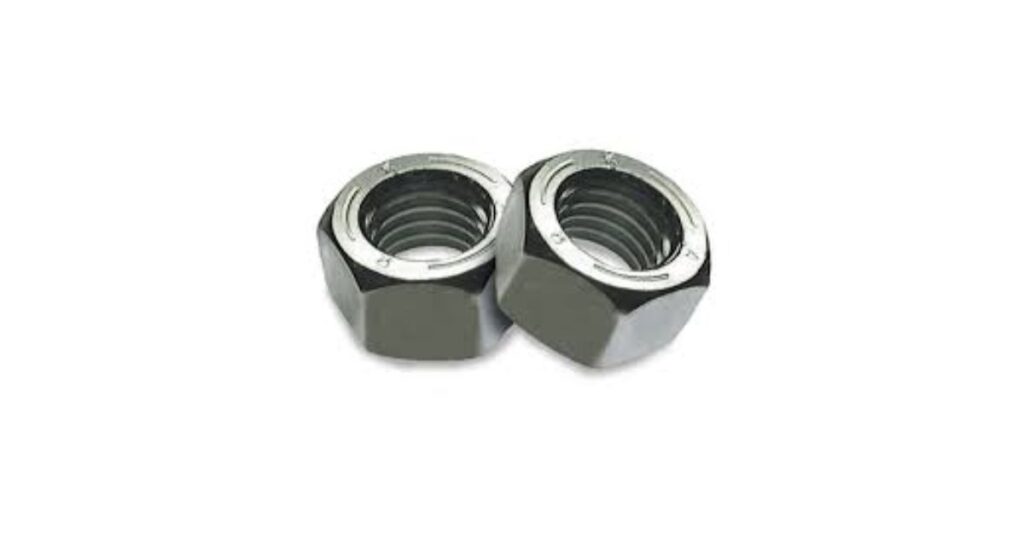
Grab a hex nut from your toolbox—the kind with six flat sides. When you measure across two opposite flat sides, many of the common ones are about one inch wide, which follows standard bolt and nut size charts used in hardware design.
These nuts secure bolts in everything from furniture assembly to bicycle repairs. The consistent sizing across manufacturers makes them reliable reference objects.
Keep one in your car’s glove box. When you’re at the auto parts store trying to match a bolt size, you’ll have an instant comparison tool.
3. Small Furniture Glide
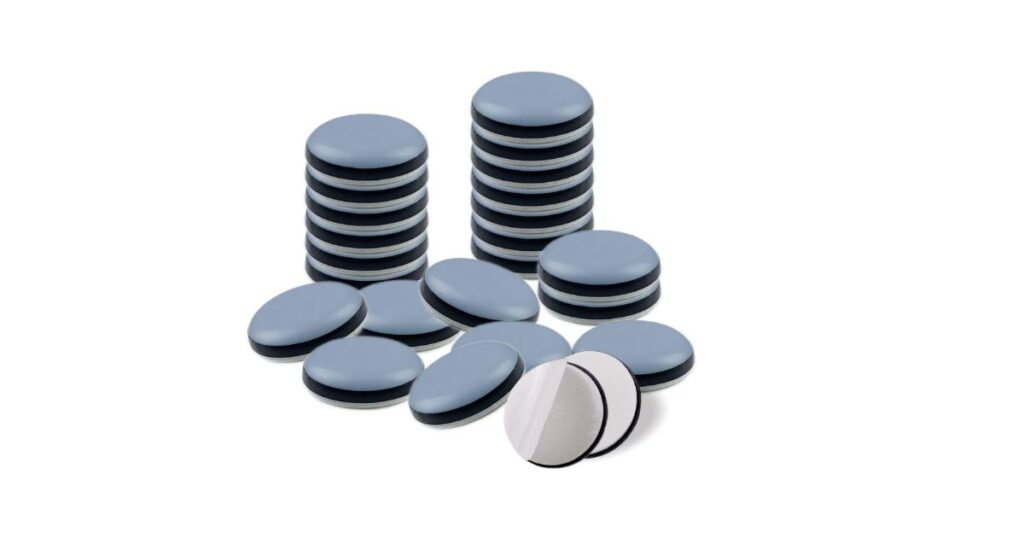
Those felt pads stuck under chair legs to protect hardwood floors? The small circular ones typically measure 1 inch across.
Peel one off and hold it up to light. The perfect circle makes it easy to visualize diameter versus length, which helps when you’re thinking about round objects.
Buy a pack for under three dollars at any hardware store. Beyond protecting your floors, they’re now your portable size reference that won’t scratch anything.
4. 1-Inch Pipe Fitting
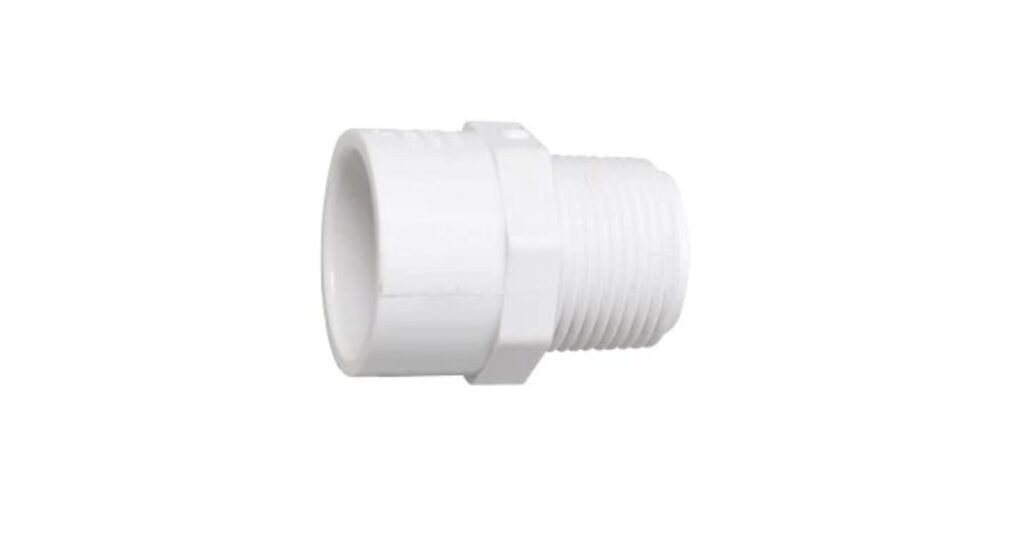
Plumbers call this the “nominal size”—it’s a standard reference point rather than an exact measurement. The outer diameter of common PVC or metal fittings labeled as one-inch will be close to this dimension.
Look under your bathroom sink. Those connections between pipes? Many residential systems use one-inch fittings because they balance water flow with space efficiency.
When shopping for sprinkler systems or doing DIY plumbing, knowing this size by sight saves you from buying the wrong parts and making extra trips to the store.
5. Checker Game Piece
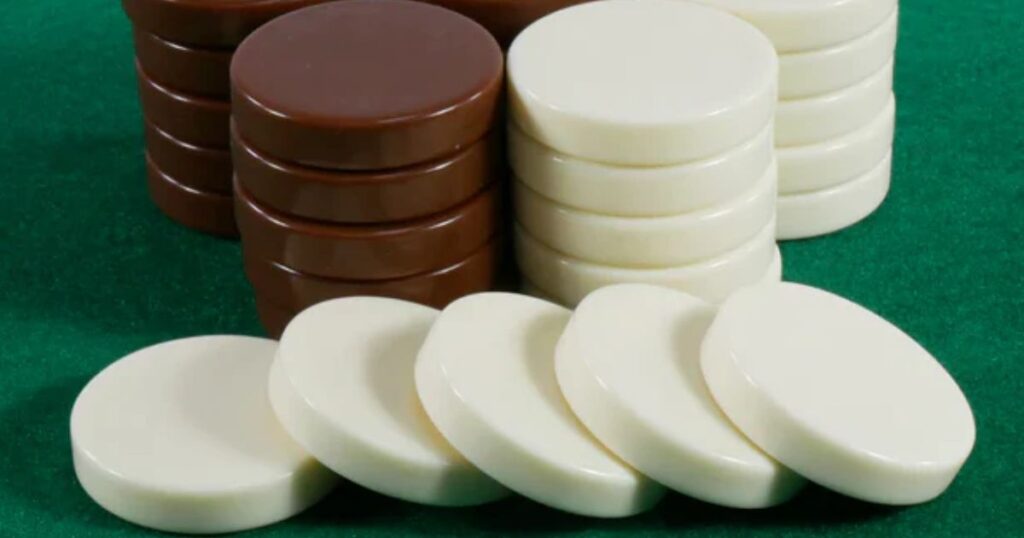
Dig out an old checkers set. Most standard pieces run between 0.98 and 1.15 inches in diameter, with tournament-style sets hovering closest to the one-inch mark.
The slight size variations depend on whether it’s a kids’ game or adult set. Wooden checkers tend to be more consistent than plastic ones.
Stack two checker pieces. Now you’re looking at about two inches of height—a useful visualization for understanding how small measurements add up.
Read Also: How Long Is 5 Inches? 14 Common Things That Are 5 Inches Long
6. Small Metal Eyelet
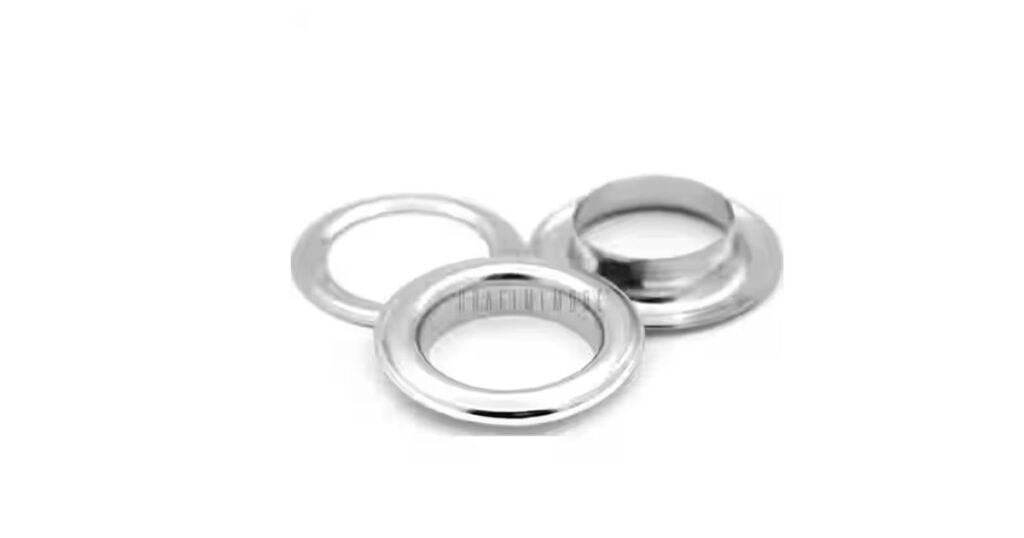
The reinforced holes in tarps, shoes, or fabric crafts? Small eyelets measure about one inch from edge to edge (the outer ring), though the actual hole inside runs smaller.
Canvas workers and leather crafters use these constantly. The metal ring prevents fabric from tearing when you thread rope or laces through.
Pick up a craft eyelet kit next time you’re fixing a torn tent or reinforcing a hole in heavy fabric. The one-inch size works for light-duty applications without adding bulk.
7. Mini Carabiner Width
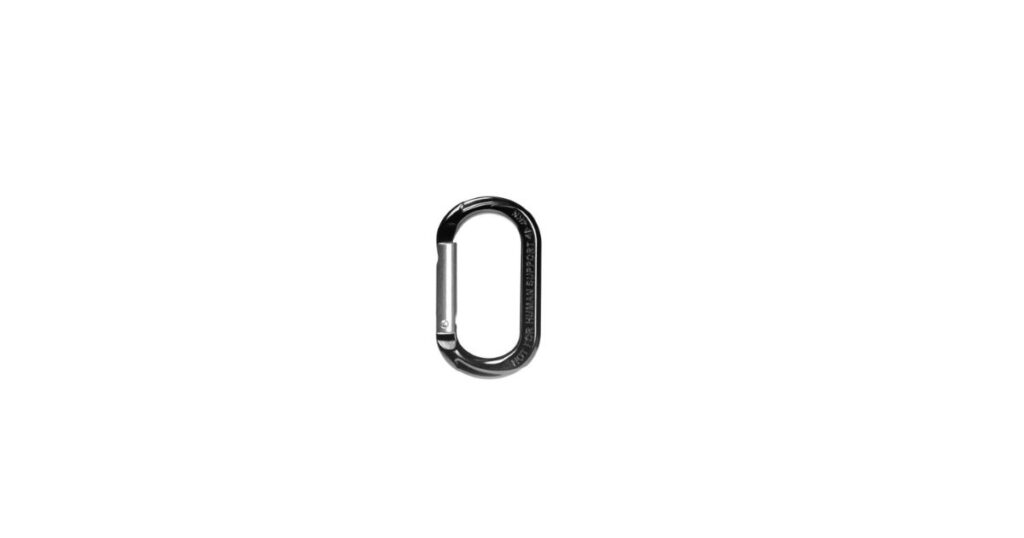
Not the climbing kind—the tiny spring-loaded clips people attach to keychains and backpack straps. Measure across the widest part, and you’ll find many hit the one-inch mark.
Check your keychain right now. That little aluminum clip keeping your keys organized? It’s probably your most portable measurement reference.
These clips work great for attaching water bottles to bags or organizing charging cables. At about two dollars each, they’re cheap enough to keep everywhere.
8. Furniture Dowel Plug
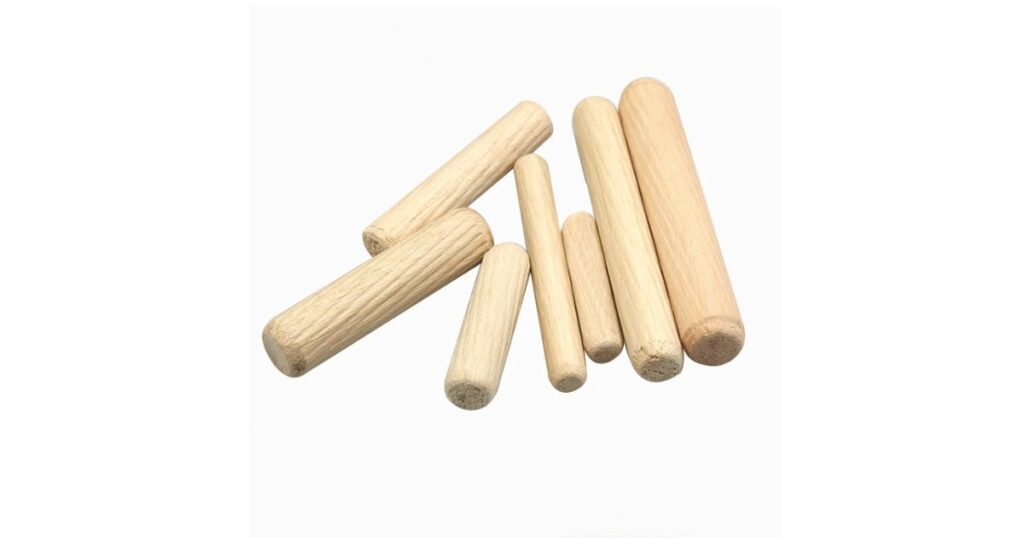
Those short wooden pegs that fit into pre-drilled holes during furniture assembly? Standard lengths often come in one-inch sizes.
Open any flat-pack furniture box and you’ll find these. They align pieces and add structural support by fitting snugly into matching holes on both parts being joined.
Save extras from your last IKEA build. Drop one in your junk drawer as a permanent reference tool that won’t bend or break.
9. Mini Binder Clip
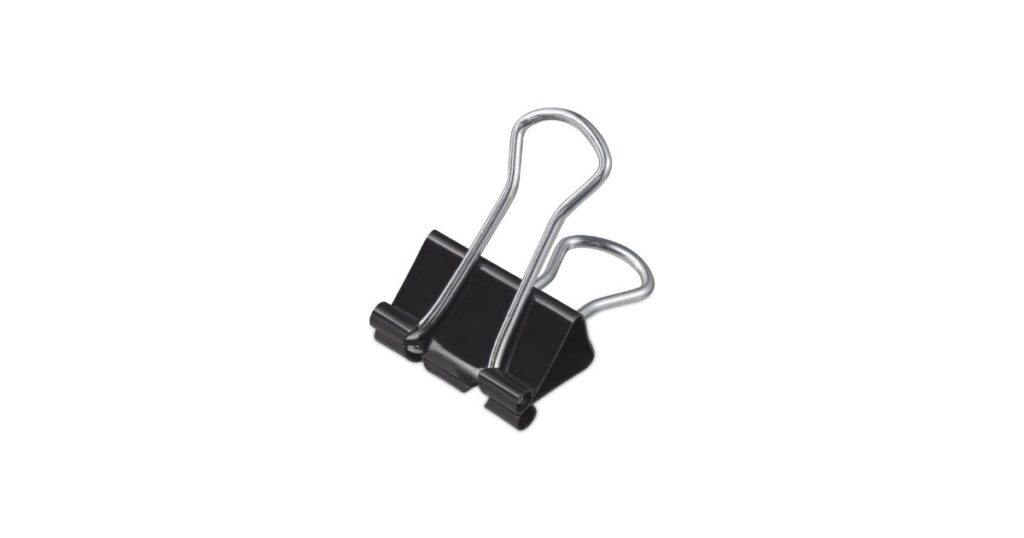
The smallest black binder clips—the ones that hold about 5-10 sheets of paper—measure roughly one inch across the metal clip portion (not including the folding handles).
Your desk probably has several scattered around. Pick one up and look at just the spring-loaded metal part that grips the paper.
Beyond organizing documents, these clips work for sealing chip bags, bundling cables, or hanging lightweight items. At pennies each, stock up and keep them everywhere.
10. Basic Pencil Sharpener
The classic single-hole handheld sharpener—usually plastic or metal—measures about one inch in at least one dimension, typically width or diameter.
Raid your kid’s pencil case or your own desk drawer. That familiar small cube or cylinder has barely changed design in decades.
The consistent size across brands makes these reliable. Plus, you probably already own three or four without realizing it.
11. 1-Inch Binder Ring
These circular metal or plastic rings have a 1-inch inner diameter opening. That size holds roughly 175 sheets of standard printer paper (20 lb weight).
Teachers and students use these for organizing index cards or creating custom notebooks. The one-inch size stays portable while handling decent paper capacity.
Buy a pack and use them for recipe cards, study flashcards, or fabric samples. Open one up and look straight through—that circle shows you exactly what one inch of diameter means.
12. Small Rubber Stamp Base
Custom stamps and pre-inked office stamps come in 1-inch base sizes. The handle or mounting area measures this across, perfect for initials, small logos, or detailed designs.
Crafters love these for scrapbooking because they’re big enough to show detail but small enough to fit in tight spaces on a page.
Office supply stores sell these individually. If you need to mark documents repeatedly or add a personal touch to correspondence, this size hits the sweet spot.
Read Also: 13 Common Things That Are 4 Inches Long
Measuring Without a Ruler: Real Techniques That Work
The Thumb Method: Press your thumb against the item. Adult male thumbs run about one inch wide, women’s slightly less. Good for rough estimates within 10-15% accuracy.
The Quarter Trick: A U.S. quarter measures 0.955 inches across—close enough for quick checks. Keep one in your wallet specifically as a measuring coin.
The Paperclip System: Standard paperclips extend to about one inch when straightened. Bend one into an L-shape and you’ve got a makeshift measuring tool that fits in your pocket.
Stack Method: Three credit cards stacked equals roughly one inch of thickness. This works better for measuring depth or width than length.
When Knowing 1 Inch Actually Matters
Online Shopping Decisions
Product dimensions list “1-inch mounting holes” or “1-inch clearance required.” Without visualizing this, you might order something that doesn’t fit your space.
Pull out your thumb or a binder clip. Hold it against the spot where the item will go. That physical comparison prevents expensive returns.
DIY and Repair Projects
Drilling holes, cutting materials, or buying replacement parts—all require size accuracy. Showing up at the hardware store with a one-inch hex nut from home beats describing “about this big” with your fingers.
Craft and Sewing Work
Buttons, spacing between elements, seam allowances—precision at this scale makes the difference between professional-looking results and amateur mistakes.
Knowing one inch by sight speeds up your work. You’ll stop reaching for the measuring tape every thirty seconds.
Teaching Kids Measurement
Children struggle with abstract numbers. Handing them a checker piece or binder ring makes “one inch” concrete and memorable.
Let them find five objects around the house that match this size. That hands-on hunt teaches measurement better than any workbook.
All measurements in this article were verified using standard U.S. measurement conversions (1 inch = 2.54 cm).
FAQs About 1-Inch Measurements
How many centimeters make up 1 inch measurement?
Exactly 2.54 centimeters. This conversion is fixed by international agreement, so it works the same everywhere. Multiply any inch measurement by 2.54 to get centimeters.
Can I use a quarter coin as a reference?
Almost—quarters measure 0.955 inches (just under). For rough estimates, they work fine. For precision work, understand you’re about 5% short of a full inch.
What’s bigger: 1 inch or 3 centimeters?
Three centimeters wins at 3.0 cm versus 2.54 cm for one inch. The difference? About half a centimeter, or roughly the thickness of a pencil.
Does thumb width work for everyone?
Not precisely. Adult male thumbs average closest to one inch, while women’s thumbs run 0.75-0.9 inches typically. Measure yours once with a ruler, then you’ll know your personal offset.
How thick is 1 inch compared to coins?
Two U.S. quarters side-by-side measure about one inch across. For thickness, you’d need to stack about 15 quarters to reach one inch height.
Why do pipe fittings use nominal sizing?
“Nominal” means the name given, not actual dimensions. A one-inch pipe fitting’s inside diameter differs from its outside diameter, but plumbers reference them all by the nominal standard to avoid confusion.
The Bottom Line
Spotting 1 inch in real life gets easier once you’ve handled these twelve objects. Your brain starts automatically comparing sizes without conscious effort.
Keep a few reference items handy: a hex nut in your toolbox, a mini binder clip in your wallet, maybe a spare dowel in your junk drawer. When someone asks “how big is that?” you’ll have instant, physical answers instead of vague hand gestures.
Measurements stop being abstract once you connect them to things you touch daily. That’s when you stop guessing and start knowing.

I am the editor and author of StoriesRadius.com, a blog about measurements and dimensions. I enjoy turning numbers and sizes into simple stories that anyone can understand. From everyday objects to curious facts, I share clear guides based on real research and experience. My goal is to make learning about length, height, and size fun, useful, and easy for all readers.
